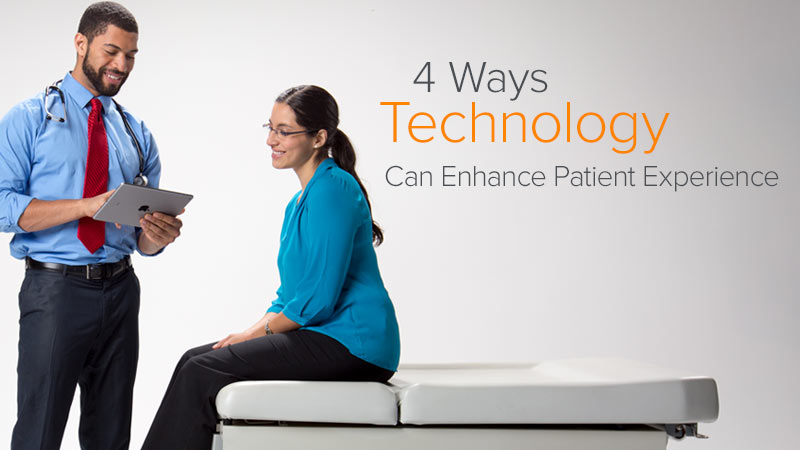
Providing a positive patient experience has become a top priority in healthcare. As premiums rise and patients become responsible for more of their healthcare costs as a result of escalating deductibles, they are becoming healthcare consumers. They will shop around for medical care like they comparison shop for cars, electronics, and other goods and services.
For the patient, a healthcare provider who can deliver medical care as well as provide a positive and nurturing experience is a good thing all around. But an excellent patient experience doesn’t just focus on treating an ailment. Instead, it encompasses the entire patient journey – from appointment scheduling, reminders and check-in to setting up diagnostic tests, follow-up visits, and every touch point in-between.
Technology is a key enabler of a patient journey’s success, and independent practices can leverage it to successfully enhance and elevate the patient experience and overall patient outcomes. Consider the following workflow tools that can streamline the patient check-in process and improve clinical efficiency and quality of care:
- Appointment reminders include a convenient link that allows patients to confirm their visit. The patient experience is enhanced when he or she receives a personalized text and email message, and it also helps prevent no-shows for the practice.
- Digital patient consent forms are a faster and easier way for patients to complete the documentation process. Through paperless forms, patients can enter their information either online prior to the appointment, or via iPad upon arrival. These forms are then automatically loaded into the patient’s charts.
- A telemedicine app integrated with appointment scheduling, EHR and other practice management tools simplifies the remote visit’s logistics for physicians and helps them offer the convenience of telemedicine technology to their patients. They can provide remote routine and follow-up care to:
- Patients with mobility challenges
- Patients who have moved away but wish to continue seeing their trusted provider, such as students away at college
- Patients with busy lifestyles such as those who travel for work a lot and stay-at-home moms.
- Customizable healthcare management tools can enhance continuity of care, ranging from building individual care plans to managing specific group conditions based on factors like age, sex, lab results and diagnosis. Such tools can auto-generate prescription refills and send out appointment alerts, such as a reminder schedule a mammogram or colonoscopy, to keep patients engaged in their own care.
When such tools are seamlessly integrated into a full point-of-care platform, they enable physicians to sit down with their patients during an office or telemedicine visit and focus on the patient’s specific issues and needs, instead of focusing on using technology.
Providers who can demonstrate that they care about their patients’ time, convenience, and mobility by providing healthcare on the patient’s terms will be at a competitive advantage over those who don’t. Similarly, the provider who facilitates the patient journey will “win” the patient. The key is through technology-enabled, integrated workflows.
Learn how the latest in practice management technology can take the tasks that slow you down and interrupt your workflow, automate them, and create a smooth and seamless front office experience for your patients. Download the guide, Patient Experience: 3 Must-have services and discover how to make your patients happy to ensure they remain under your care.

